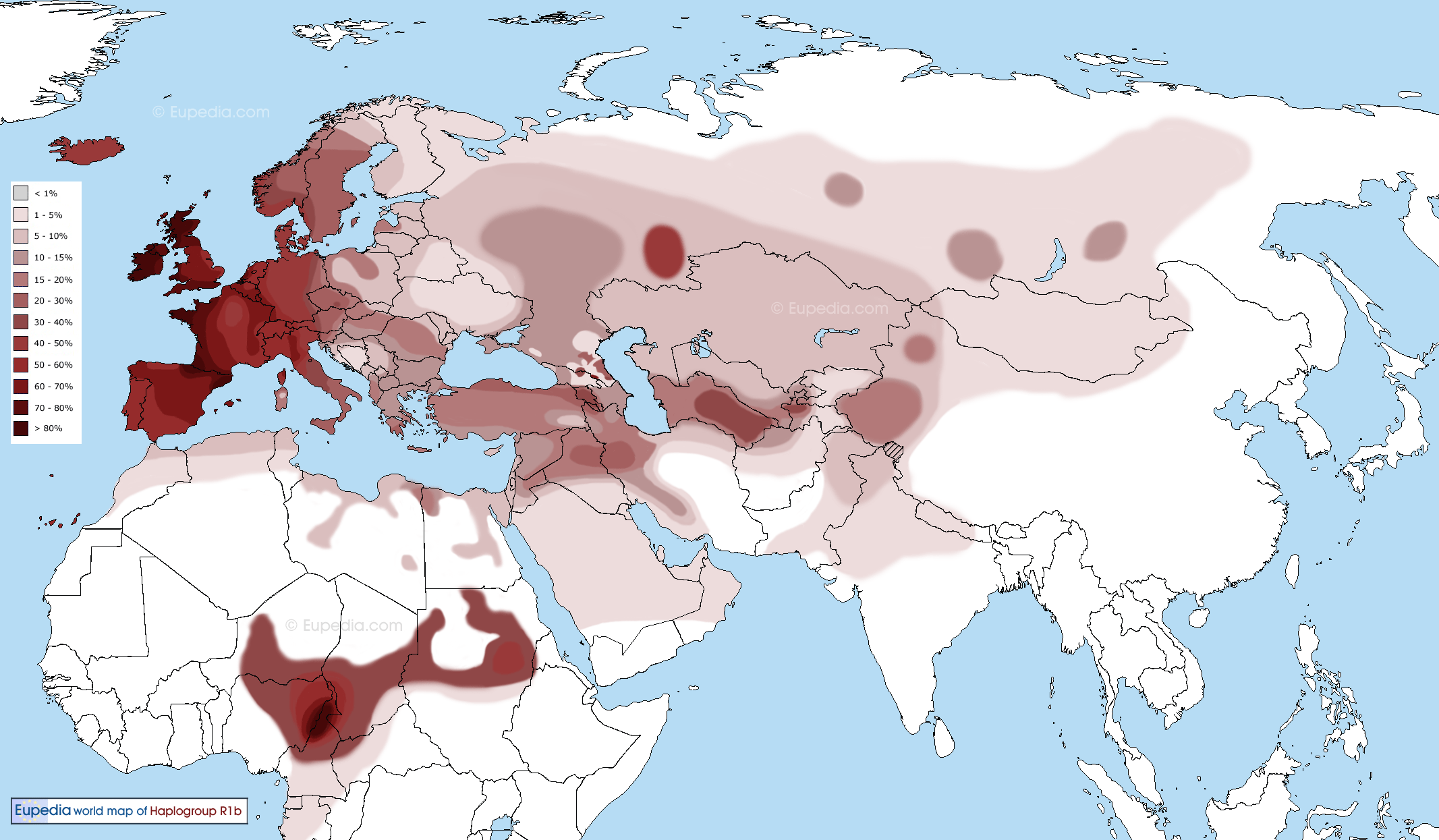I don't think that R1b-M73 is local in west part of central Asia it is from Ordos and Uyghuria,Ok, but Pit Comb area from Finland to Turkmenistan is 4000 km. I thought that should be enough space for other haplogroups like R1b within Pit Comb Ware peoples? And then Pit Comb Ware extended beyond the Urals, while in South Urals R1b already starts to become strong.
R1b M73 barely exists west of the Urals, but there is a strong trail down to Afghanistan via Central Asia:

And then in the Eupedia map for R1b in general, see the concentration in Turkmenistan (~Keltiminar region).
However I don't know the variance.
R1b-M73 is among Kypsak subtribe of Bashkirs,
Qangli-Kipchak subtribe of Karakalpaks,
KaraQypshaq subtribe of Kazakhs,
Kipshak subtribe of Noghays,
Kumandins(Cuman Kipchaks) subtribe of Altayans,
and among Mongoloid Hazara in Afghanistan
Cuman-Kipchaks came from Uyghuria(west China)
Before the existence of Yamna culture
the Combed ware(Pit-Comb ware) and Keltiminar cultures were almost neighboring.
http://en.wikipedia.org/wiki/File:Yamna-en.svg



